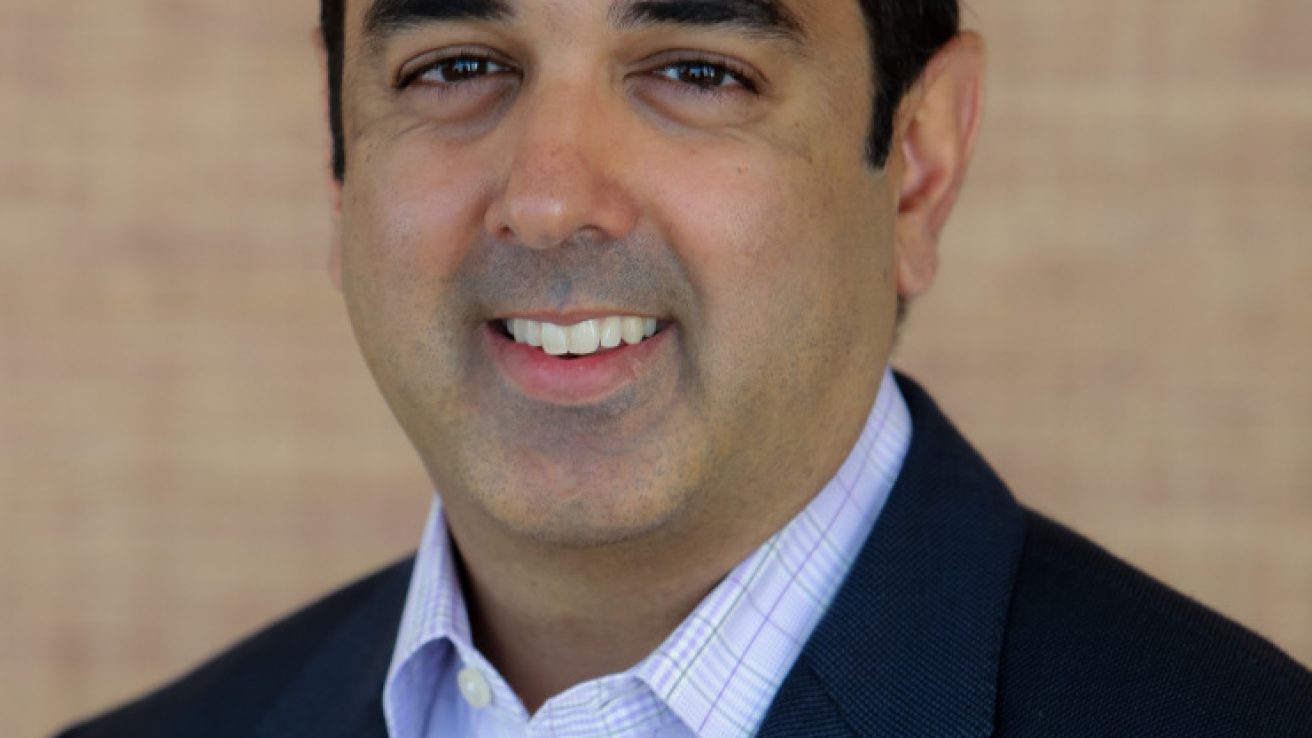In this MD Newsline exclusive interview with vitreoretinal specialist Dr. Rishi Singh, we discuss barriers to treatment adherence and COVID-19 as they relate to wet AMD.
MD Newsline:
What are the major barriers to wet AMD treatment adherence?
Dr. Rishi Singh:
“So this has been studied that there are a variety of different reasons for lack of adherence to AMD treatment over time. The first is the fear of the injection process and understanding that it’s a painful process. It’s not always painful, actually. There is a numbing procedure that occurs prior to the injection, which may or may not be painful for some patients, but the actual injection process is pretty painless for most individuals.
The second is just the burden of treatment. Right now, we don’t have a lot of durable options. Patients have to come in every month or every other month, sometimes for the first couple months. And it’s a lot of work for them to come in especially given their age group—maybe they’re caring for their loved ones or their spouse at the time, their inability to drive based upon vision—those are all barriers to preventing them from having continuous treatment.
And lastly, I would say that it’s not so common, but less common is probably the insurance and cost-related issues of these drugs. Some of the drugs are very expensive. And so, patients have to pay sometimes out of pocket for some of the procedures involved and for the evaluations involved as part of this process.”
MD Newsline:
What are the biggest challenges that ophthalmologists are tasked with in the wake of COVID-19?
Dr. Rishi Singh:
“Well, I think there’s a variety of different tasks that we’re facing with regard to COVID-19. The first is that clearly, we need to continue our practice of caring for patients despite this pandemic ongoing. So we’ve had to open our offices, create a way of socially distancing patients in the waiting room, reducing the foot traffic of patients to and from different areas, and terminal cleaning of rooms at the end of a patient’s visit, and then being able to clean it properly so the next patient won’t have any issues.
I think that that’s gone actually incredibly well for most practices. I think all of us have realized that that’s an ability to get us to see patients better than we ever have in the past. The big problem I think we’re all facing right now is patients are still not returning for their annual or their follow-up visit because they’re afraid of getting this virus and getting infected.
And what I can tell everyone today through this talk is that as long as you wear a mask and you hand sanitize, and you do the proper precautions, your chance of actually getting this virus is really quite low. You know, masking and doing those procedures can really prevent the transmission of this disease regardless of the location you’re in. And so I would say if you can undergo those precautions and take care of those things, then your chance of coming to visit and being successful by not getting COVID-19 is going to be very possible.”
Responses have been condensed and lightly edited.









